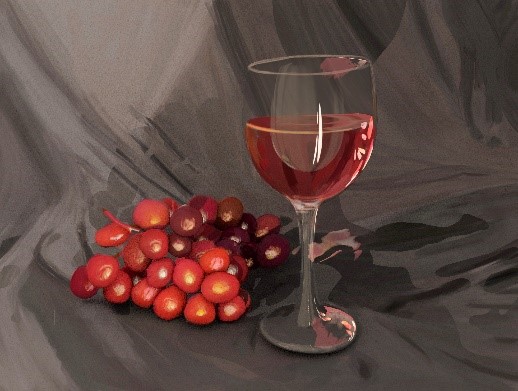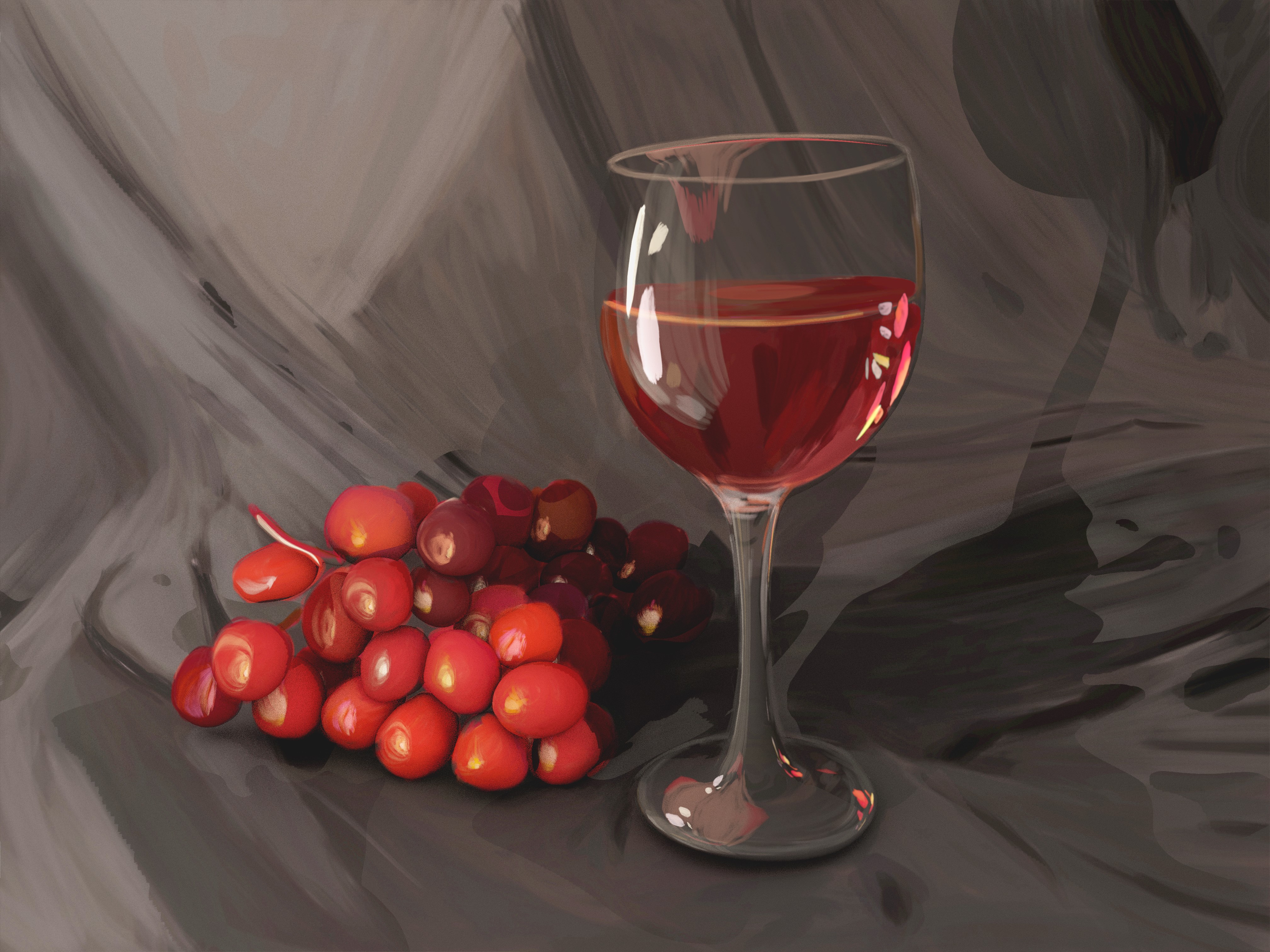Ergun Akleman on Dynamic Still-Life Paintings with Global Illumination
In the future, we can have hyper-realistic dynamic paintings in our homes. These paintings will be able to change based on the existing illumination from the environment. Traditional painters needs easy to use tools to create such painting. Unfortunately, the current modeling and rendering processes require too much knowledge to create hand-painted looking dynamic paintings for novice users such as traditional painters. Therefore, there is a need for the development of processes to obtain desired dynamic paintings with intuitive and artistic control.

There have been several artistic rendering approaches in computer graphics. However, these methods do not usually include global illumination effects such as reflections and refractions, which are an integral part of still life paintings. We have earlier developed Barycentric shading that can help to obtain dynamic paintings with global illumination effects [1,2]. However, these early works also include physically correct reflections from other objects and do not include painterly control over global illumination effects. To obtain dynamic still life paintings with complete artistic control, there is a need to have control over global illumination effects.
Recently, we have developed a new process by extending the original Barycentric shading to control a wider variety of global effects including reflection, Fresnel, and subsurface scattering. Our method specifically focuses on still life images containing (1) glass objects, which can have specular highlights with Fresnel effect and (2) fruits, which can have reflection and subsurface scattering.
Using this process, we can obtain the original look-and-feel of the still-life paintings while allowing the user to move the light source anywhere in the scene, causing the shadows, diffuse shading, as well as reflections and specular highlights to move according to the new light position. We have provided a proof of concept based on an original digital painting. This method can be used to turn any similar still life painting into a dynamic painting. Our process, which consists of six well-defined and simple to use steps, provides an art-directable control. The wine and grapes still life images is shown frames from a dynamic still-life painting created using our process.

To create such dynamic paintings, we still use high-end graphics tools and shader programming. Although the concept is straightforward and simple, implementation still requires a significant amount of knowledge in computer graphics. To simplify the process the next step is to develop easy to use tools for traditional painters who can create these dynamic painting only by painting a set of images.
References
[1] Akleman, Ergun, S. Liu, and Donald House. "Barycentric shaders: Art directed shading using control images." In Proceedings of the Joint Symposium on Computational Aesthetics and Sketch Based Interfaces and Modeling and Non-Photorealistic Animation and Rendering, pp. 39-49. 2016.
[2] Du, Yuxiao, and Ergun Akleman. "Designing look-and-feel using generalized crosshatching." In ACM SIGGRAPH 2017 Talks, pp. 1-2. 2017.
[3] Meena Subramanian, and Ergun Akleman. " Painterly Rendering Approach to Create Still-Life Paintings with Dynamic Lighting." In ACM SIGGRAPH 2020 Posters, accepted, 2020. Doi:10.1145/3388770.3407403.